Description
Formulation and Packaging
Ceftinex presents itself as a cream-yellow colored, strawberry and cream flavored, granulated powder. It comes neatly packaged in 100 mL bottles, designed for the preparation of oral suspension.
Ingredients
Understanding the components of Ceftinex is crucial:
- Active Ingredient: Sefdinir, with each 5 mL of the prepared suspension containing 250 mg of this potent antibiotic.
- Inactive Ingredients: This encompasses a mix of sucrose, anhydrous citric acid, sodium benzoate (E211), sodium citrate dihydrate, xanthan gum, guar gum (guar galactomannan), colloidal silica hydrate, magnesium stearate, strawberry essence, and cream essence.
Indications
Ceftinex is the answer to various bacterial infections in both adults and children:
In Adults and Adolescents:
- Community-acquired pneumonia
- Acute exacerbation of chronic bronchitis
- Acute maxillary sinusitis
- Tonsillitis/pharyngitis
- Uncomplicated skin and soft tissue infections
In Children:
- Acute bacterial otitis media
- Tonsillitis and pharyngitis
- Uncomplicated skin and soft tissue infections
Contraindications
Before embarking on Ceftinex, it’s crucial to know when not to use it. This antibiotic should be avoided by individuals allergic to sefdinir, other cephalosporins, or any of the inactive ingredients in the medication.
Precautions
Taking precautions is essential for a safe and effective Ceftinex experience:
- Allergies: Prior allergic reactions to Ceftinex or other cephalosporins should be communicated to your healthcare provider.
- Renal Insufficiency: Patients with renal insufficiency should exercise caution when using Ceftinex.
- Diarrhea: If severe diarrhea occurs during or after Ceftinex treatment, promptly inform your healthcare provider and refrain from using any medications to stop the diarrhea.
- Interactions: Disclose all medications, vitamins, or herbs you are taking to your healthcare provider, as Ceftinex can interact with other drugs.
- Pregnancy and Breastfeeding: If you are pregnant, planning pregnancy, or breastfeeding, consult your healthcare provider before taking Ceftinex.
Ceftinex Side Effects
No medication is without potential side effects. While not everyone experiences them, it’s important to be aware. Here are some possible side effects of Ceftinex:
Common Side Effects:
- Nausea
- Diarrhea
- Allergic reaction
- Rash
Less Common Side Effects:
- Vomiting
- Strange taste in the mouth
- Stomach pain
Rare Side Effects:
- Dizziness
- Drowsiness
This list is not exhaustive, and if you encounter any adverse effects while using Ceftinex, promptly consult your healthcare provider.
Drug Interactions
Ceftinex may interact with other medications, potentially affecting its efficacy or increasing the risk of serious side effects. Some drugs that may interact with Ceftinex include:
- Cholera Vaccine, Live
- Desogestrel
- Drospirenone
- Ethinyl Estradiol
- Ethynodiol
- Levonorgestrel
- Methotrexate
- Norethindrone
Always inform your healthcare provider about all medications you are currently taking before starting Ceftinex.
Dosage
The appropriate Ceftinex dosage depends on the type of infection being treated. Here are some general guidelines:
Adults and Adolescents (13 years and older):
- Pharyngitis/tonsillitis (mild to moderate): 250 mg every 12 hours for 10 days
- Acute bacterial maxillary sinusitis (mild to moderate): 250 mg every 12 hours for 10 days
- Acute bacterial exacerbations of chronic bronchitis (mild to moderate): 250 or 500 mg every 12 hours for 10 days
- Uncomplicated skin and skin-structure infections: 250 or 500 mg every 12 hours for 10 days
- Uncomplicated urinary tract infections: 250 mg every 12 hours for 7 to 10 days
- Uncomplicated gonorrhea: 1,000 mg single dose
- Early Lyme disease: 500 mg every 12 hours for 20 days
Pediatric Patients younger than 13 years:
- Acute bacterial otitis media: 250 mg every 12 hours for 10 days
- Acute bacterial maxillary sinusitis: 250 mg every 12 hours for 10 days
Pediatric Patients (3 Months to 12 Years):
- Pharyngitis/tonsillitis: Recommended daily dose given twice daily divided in equal doses, maximum daily dose is 500 mg for a duration of 10 days
- Acute bacterial otitis media: Recommended daily dose given twice daily divided in equal doses, maximum daily dose is 1,000 mg for a duration of 10 days
- Acute bacterial maxillary sinusitis: Recommended daily dose given twice daily divided in equal doses, maximum daily dose is 1,000 mg for a duration of 10 days
- Impetigo: Recommended daily dose given twice daily divided in equal doses, maximum daily dose is 1,000 mg for a duration of 10 days
These are general guidelines, and the exact dosage may vary depending on individual conditions. Always follow your healthcare provider’s instructions when taking Ceftinex.
Alcohol and Food Interaction
Ceftinex can be taken with or without food without affecting its absorption. However, it’s essential to avoid multivalent ions. Do not take aluminum, magnesium, or iron-containing products up to 2 hours before or after taking this medication.
Conclusion
Ceftinex emerges as a valuable ally in the fight against bacterial infections. Armed with knowledge about its formulation, usage, and precautions, patients can harness its potential while ensuring safe and responsible antibiotic use. As with any medication, always consult your healthcare provider for personalized advice and follow their instructions diligently.
Dosage Guidelines
| Patient Category | Condition | Dosage | Duration |
|---|---|---|---|
| Adults and Adolescents (13+) | Pharyngitis/tonsillitis (mild to moderate) | 250 mg every 12 hours | 10 days |
| Acute bacterial maxillary sinusitis | 250 mg every 12 hours | 10 days | |
| Acute bacterial exacerbations of chronic bronchitis (mild to moderate) | 250 or 500 mg every 12 hours | 10 days | |
| Uncomplicated skin and skin-structure infections | 250 or 500 mg every 12 hours | 10 days | |
| Uncomplicated urinary tract infections | 250 mg every 12 hours | 7 to 10 days | |
| Uncomplicated gonorrhea | 1,000 mg single dose | ||
| Early Lyme disease | 500 mg every 12 hours | 20 days | |
| Pediatric Patients (Under 13) | Acute bacterial otitis media | 250 mg every 12 hours | 10 days |
| Acute bacterial maxillary sinusitis | 250 mg every 12 hours | 10 days | |
| Pediatric Patients (3 Months – 12 Years) | Pharyngitis/tonsillitis | Recommended daily dose given twice daily divided in equal doses, maximum daily dose is 500 mg | 10 days |
| Acute bacterial otitis media | Recommended daily dose given twice daily divided in equal doses, maximum daily dose is 1,000 mg | 10 days | |
| Acute bacterial maxillary sinusitis | Recommended daily dose given twice daily divided in equal doses, maximum daily dose is 1,000 mg | 10 days | |
| Impetigo | Recommended daily dose given twice daily divided in equal doses, maximum daily dose is 1,000 mg | 10 days |
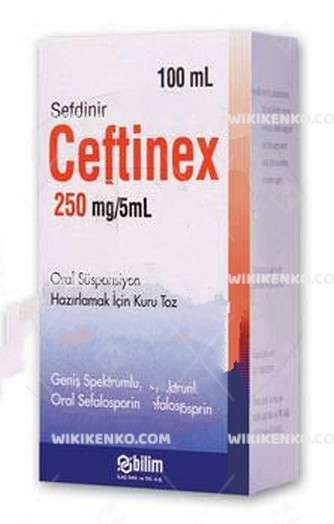
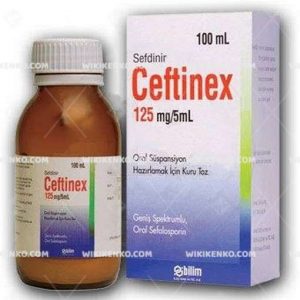
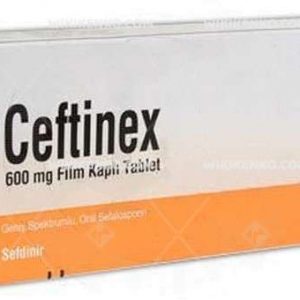
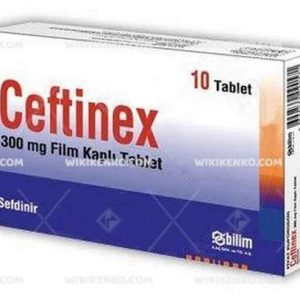
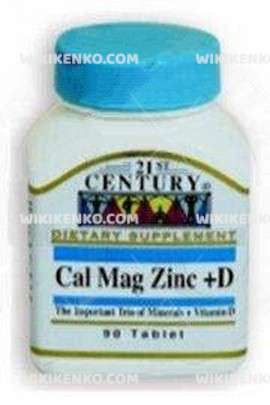

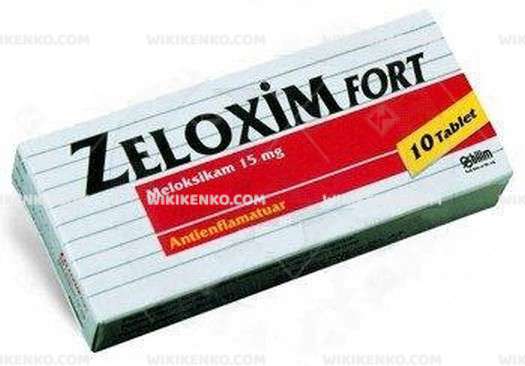
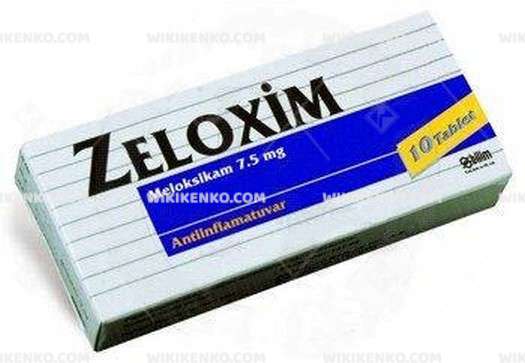








Reviews
There are no reviews yet.